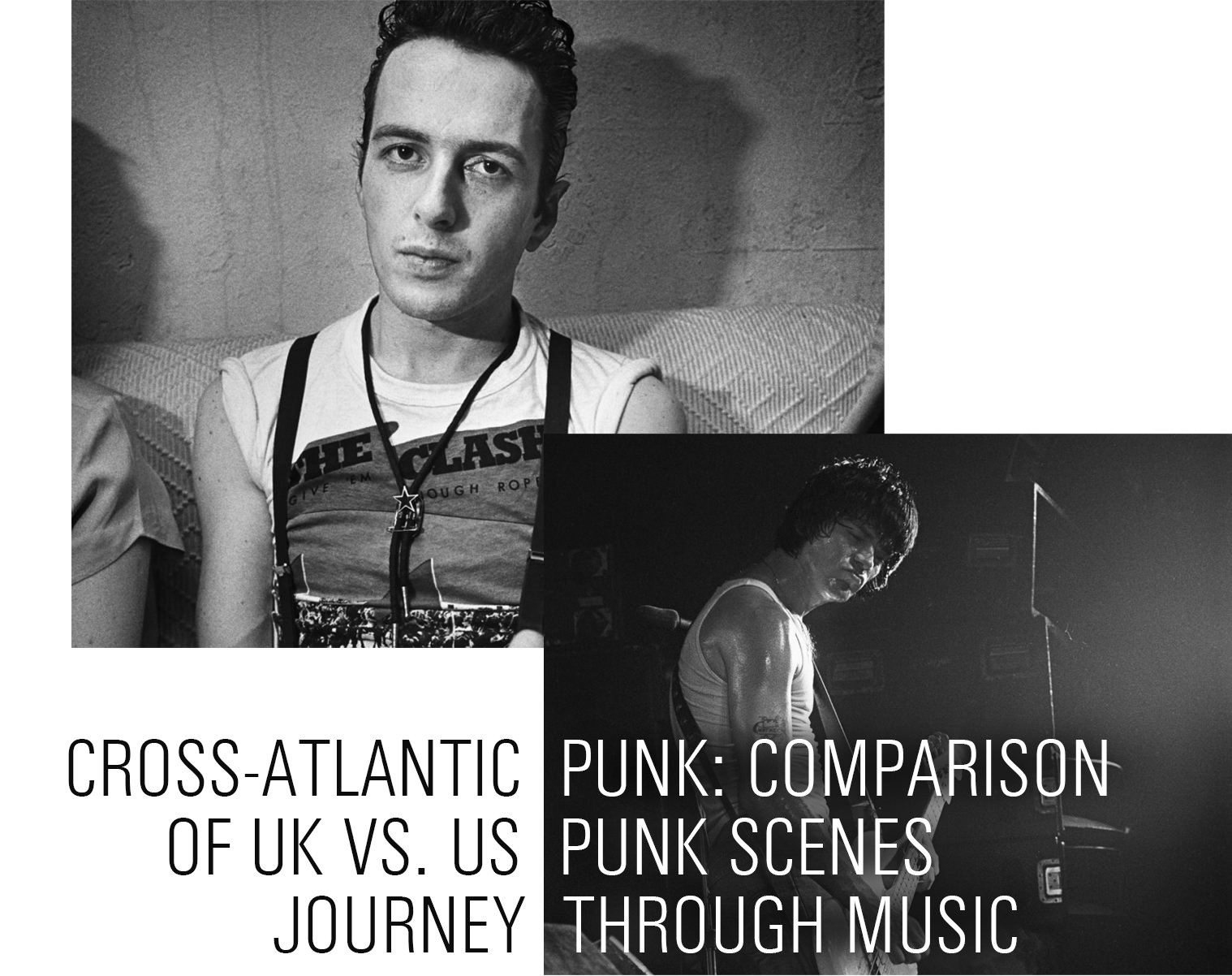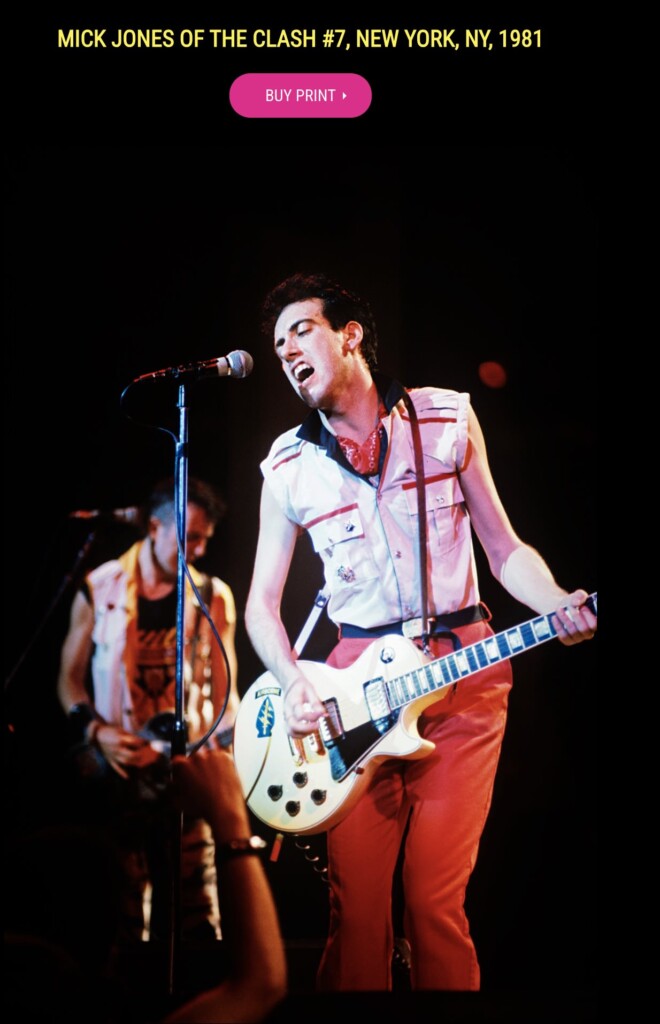Days of Punk
| Fashion
Cross-Atlantic Punk: A Comparison of UK vs. US Punk Scenes in the 70s and 80s
Posted by Michael Grecco

Cross-Atlantic Punk: A Comparison of UK vs. US Punk Scenes in the 70s and 80s
Cross-Atlantic Punk was less a movement with a single origin and more a simultaneous eruption of rebellion on both sides of the ocean. The 70s and 80s saw disillusioned youth in both the UK and US crafting distinct punk scenes—raw, urgent responses to the corporatization of music. While the aesthetics and sounds differed, the core was the same: a culture, art, and form of self-expression born from frustration. Comparing the UK vs. US punk scenes during this time reveals how each channeled its own brand of resistance, yet remained united in spirit.
As the counterculture sold out and the hippie movement gentrified into the middle class a DIY spirit and anti-establishment attitude sprang up on both sides of the Atlantic simultaneously. The sound, aesthetics and culture were different because of societal context but they were punk spokes of the same wheel.
US Punk
US punk emerged as an underground rebellion from the manicured suburbs to the decaying abandoned centers of urban blight. In dilapidated clubs too small for corporate rock profitability, bands like the Ramones, Television, Patti Smith, and Dead Boys were carving a raw, stripped-down DIY sound. CBGB’s became the center of attention on a lower eastside that was untouched by gentrification and urban renewal.

Not yet valuable real estate the urban decay of the lower eastside became a mecca of a punk induced bohemian art scene. It was more about individual expression than political statements. In the littered streets ignored by the corporatists a DIY ethos sprung up. The music leaned heavily on garage rock roots, with a focus on speed, simplicity, and personal authenticity. The Ramones, for example, delivered blistering short songs with deadpan humor and teenage angst, not political manifestos.
UK Punk
The UK punk scene exploded in a more confrontational and politically charged way, a reaction to the sinking economic opportunities. The mid-70s in Britain were marked by widespread unemployment, racial tension, and class frustration. Punk became a rallying cry for working-class youth who saw no future in the status quo. Bands like the Sex Pistols and The Clash didn’t just want to sing about it they wanted to burn it down with lyrics that were explicit. Their lyrics attacked the monarchy, the government, and societal norms. US punk was about attitude, UK punk was about revolution.

Straddling the Ocean of Punk
The Buzzcocks straddled both worlds. Formed in Manchester, they brought a more melodic, emotional sensibility to UK punk. Their songs about love, alienation, and youth were raw but catchy, helping lay the groundwork for pop-punk and indie rock. While they shared the urgency of their UK contemporaries, their tone was less combative and more introspective, making them accessible to broader audiences on both sides of the Atlantic.
The 1980s saw the split between US and UK Punk widen. Hardcore punk took over in the US influenced by the sound and fury of early UK punk. Black Flag, Minor Threat, and Dead Kennedys turned up the sound of the aggression. It was fast, furious, and fiercely DIY. A community of resistance grew into a subculture focused on personal rebellion rather than broad political critiques.
UK 1980s punk bands morphed into post-punk innovators. New Order, combined the bleak emotional weight of punk with emerging electronic music. Their blend of synth-pop and post-punk aesthetics redefined punk-influenced music. Gang of Four, Siouxsie and the Banshees, and The Fall took a similar turn turning punk energy into moodier, artier, and more experimental sound.
The UK and US punk scenes shared a common heartbeat. The blood of dissatisfaction with the status quo and a desire to build something new from the rubble was its blood. In New York dive bars and on London’s streets, punk on both sides of the Atlantic captured a spirit that lives on today based on the soul of a sound that is raw, honest, and defiantly alive.

